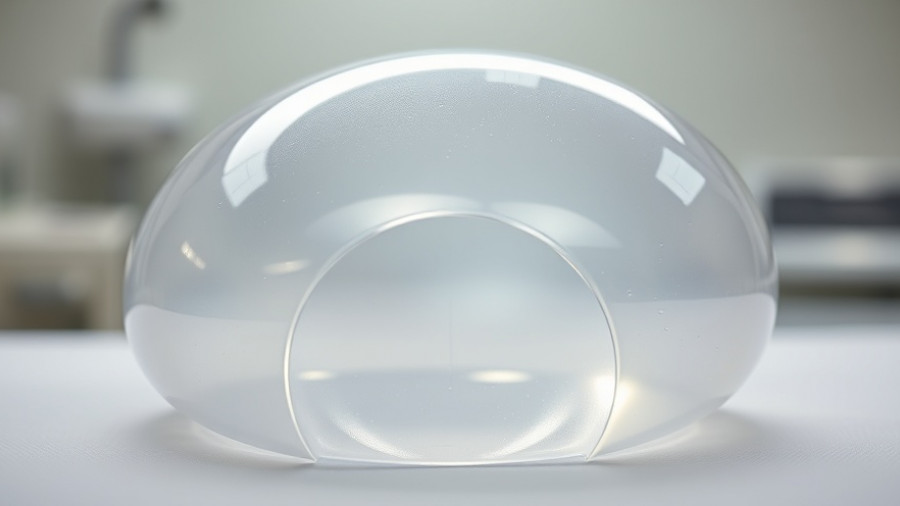
Understanding Reactive and Sensitive Skin: Debunking Common Myths
In the vast world of beauty and skincare, the terms reactive skin and sensitive skin often surface, leading to confusion for many. While there’s a plethora of information available from beauty influencers and skincare enthusiasts, the real understanding lies in expert insights. Knowing the difference can empower you to navigate your skincare journey effectively.
What Exactly is Reactive Skin?
According to dermatologist Dr. Sue Ellen Cox, reactive skin is marked by its swift reactions to various triggers such as environmental changes, skincare products, or emotional stress. Symptoms often include sudden redness, stinging sensations, or breakouts that fade once the trigger is eliminated. This condition is temporary, suggesting individuals may mistakenly believe they have sensitive skin.
The crucial distinction here is that reactive skin flares up inconsistently, meaning you might face frequent disruptions, but they don't reflect a chronic skin type. Understanding this difference is essential for those of you who are keen on utilizing advanced skincare treatments or even considering cosmetic enhancements.
Identifying Sensitive Skin: The Long-Term Challenge
Sensitive skin, on the other hand, signifies a more persistent state characterized by consistent irritation and discomfort. Dr. Cox notes that it often stems from a naturally weaker skin barrier, making it prone to irritation without specific triggers. This condition requires ongoing management and care, focusing on replenishing and strengthening the skin barrier over time.
Women considering plastic or cosmetic surgery, in particular, need to grasp this distinction. Having sensitive skin can impact your recovery and healing, especially when undergoing treatments that involve downtime. Finding the right products that cater specifically to sensitive skin is paramount.
Tackling the Myths: Are They Really That Different?
Some experts, like Dr. Joel Schlessinger, argue the terms are essentially interchangeable. He observes that many individuals may experience symptoms of both reactive and sensitive skin, further complicating the diagnosis. To address your specific needs, consulting a board-certified dermatologist who can delve into symptom history is critical.
Moreover, understanding that underlying conditions like rosacea or dermatitis may exacerbate your skin’s sensitivity is vital. This complexity makes it essential to discern your skin type accurately before proceeding with any cosmetic interventions.
Tips to Manage Reactive and Sensitive Skin
Regardless of your skin's classification, there are strategies to ease discomfort:
- Simplify Your Routine: Hit the reset button on your skincare regimen. Limit the number of products you use, opting for those designed for sensitive skin.
- Patch Testing: Always patch-test new products to pinpoint potential reactions before applying them to larger areas.
- Seek Soothing Ingredients: Look for ingredients like aloe vera, chamomile, and colloidal oatmeal that provide calmness and relief to irritated skin.
- Consult Your Dermatologist: Regular visits can help you identify not only skincare triggers but also underlying conditions needing attention.
Final Thoughts and Moving Forward
Ultimately, whether you identify more with reactive or sensitive skin, understanding these nuances can significantly affect how you care for your skin and prepare for treatments like plastic surgery. Your skin certainly has a lot to tell you, and your journey to skincare wellness starts with consulting experts and tailoring products to fit your individual needs.
For more personalized strategies and access to specialized products, consider connecting with skincare professionals who can guide you through the complex beauty landscape.
 Add Row
Add Row  Add
Add 




Write A Comment